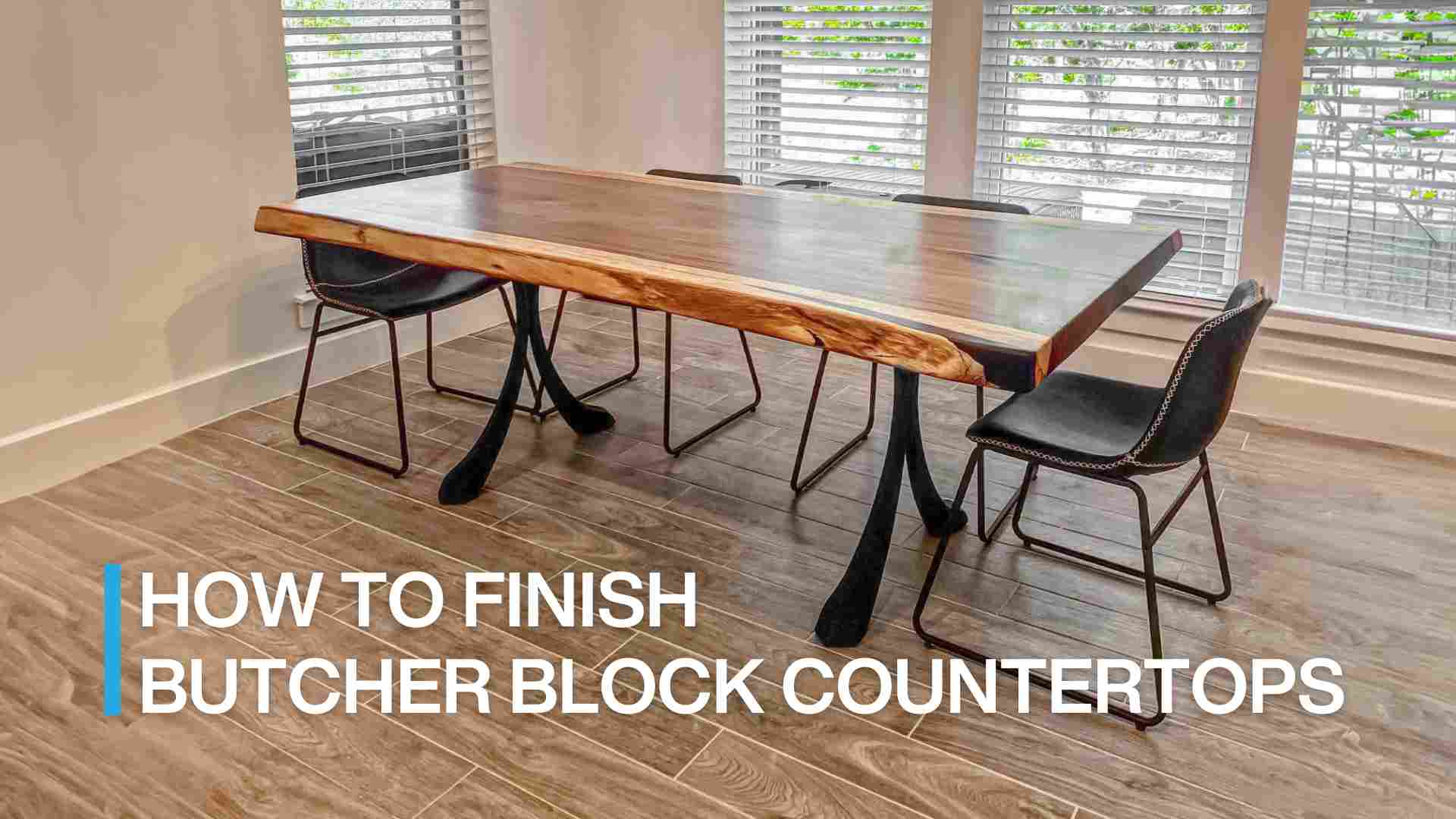What Oil to Use on Charcuterie Boards for Best Maintenance
Original article: https://flowyline.com/blogs/for-diy-ers/what-oil-to-use-on-a-charcuterie-board
Charcuterie boards are important for presenting food beautifully and conveniently. However, like other wooden items, it is also susceptible to deterioration over time. Knowing what oil to use on charcuterie board and how to oil charcuterie board is crucial to maintaining their beauty, functionality, and longevity.
Why Should You Oil Your Charcuterie Board?

Charcuterie boards made from wood often face many problems, such as easily absorbing food waste and becoming targets for mold. Dry wood fibers can cause a board to splinter or trap excess moisture, which might lead to warping. These problems can all be solved by periodically applying oil to increase the life of the charcuterie board. Applying oil brings the following benefits:
- Prevent cracking and warping: Wood, when exposed to moisture and water from food or cleaning, is forced to expand or contract, making it susceptible to cracking or warping. The added oil forms a protective barrier that keeps the wood from being penetrated by other liquids.
- Enhance appearance: Oiling brings out the natural beauty of the wood grain, enriching the board's visual appeal. Additionally, oil boards help maintain their brightness after extended usage and lessen the apparent presence of any scratches or knife marks.
- Protect from stains and odors: Oil creates a barrier that helps prevent food stains and lingering odors from setting in. It also helps keep bacteria from being absorbed by the wood.
What Oil to Use on Charcuterie Board?
Not all oils can be used for charcuterie boards. So “What kind of oil to use on a charcuterie board?”
Types of Oils to Use

What oil to use on a charcuterie board?
Credit: @pixelshot on Canva
- Food-grade mineral oil: This is a clear, odorless, and tasteless oil readily available and safe for food contact. It's a popular choice for its effectiveness and affordability. This oil is easy to find at drugstores, big stores, and online. Remember to choose food-grade mineral oil because other oils are not safe for humans.
- Cutting board oil: These are often blends of mineral oil and natural ingredients like beeswax or carnauba wax. They offer a bit more protection and a slight sheen compared to pure mineral oil. Choose a food-grade and FDA-approved cutting board oil for safe use.
- Fractionated coconut oil: Fractionated coconut oil is made by heating coconut oil to extract lauric acid and long-chain fatty acids, both of which solidify at room temperature. This liquid coconut oil is a natural alternative to mineral oil. It's food-safe, ready-to-use, and has a mild coconut scent that fades over time.
Types of Oils to Avoid

Avoid using vegetable oil for oiling a charcuterie board
Credit: ©stevepb on Canva
Read the full article here: https://flowyline.com/blogs/for-diy-ers/what-oil-to-use-on-a-charcuterie-board
Address: https://www.google.com/maps?cid=16787952025643628509
More information: https://www.google.com/search?q=flowyline+design



Comments
Post a Comment